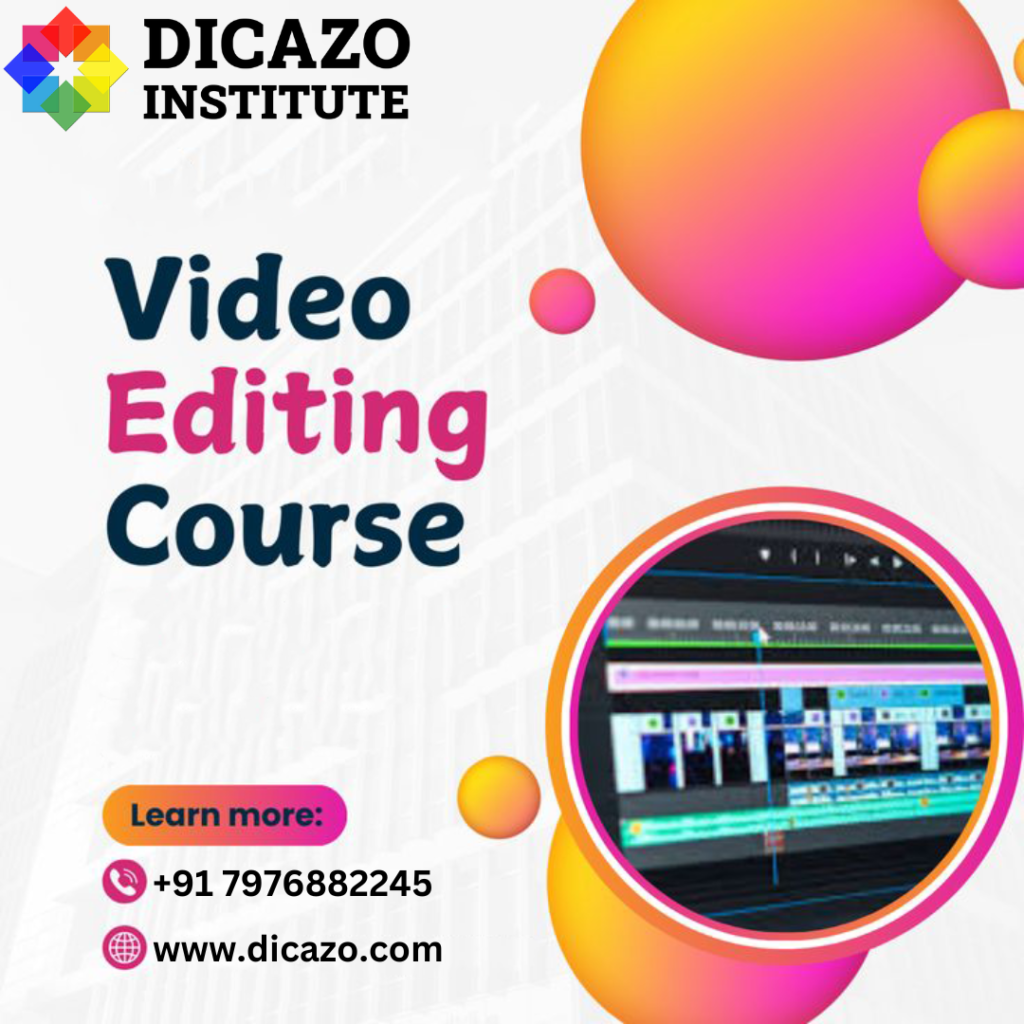In the ever-evolving world of technology, artificial intelligence (AI) has made its way into various fields, including video editing. AI-powered video editing tools are becoming increasingly popular, making the editing process faster and more accessible. But does this mean human video editors will become obsolete? At Dicazo Institute, we explore the impact of AI on video editing and whether it can truly replace human creativity.

The Rise of AI Video Editing Tools
AI video editing tools, such as Adobe Sensei, Runway ML, and Magisto, use machine learning algorithms to automate various aspects of video production. These tools can analyze footage, detect key moments, apply transitions, and even enhance audio with minimal human intervention. With features like automatic scene detection, color correction, and AI-generated subtitles, they significantly reduce the time and effort required in post-production.
Advantages of AI Video Editing
- Speed and Efficiency: AI tools can process vast amounts of footage quickly, cutting down editing time from hours to minutes.
- Cost-Effectiveness: Many AI-powered editors are available at a fraction of the cost of hiring a professional.
- User-Friendly Interfaces: Even individuals with little to no editing experience can create professional-quality videos using AI tools.
- Automated Enhancements: AI can improve video quality by adjusting brightness, contrast, and stabilization automatically.
- Smart Recommendations: Some AI editors suggest templates, effects, and music based on content analysis.
The Limitations of AI in Video Editing
While AI video editing tools offer impressive capabilities, they have limitations that prevent them from completely replacing human editors:
- Lack of Creativity: AI follows patterns and algorithms, but it lacks the intuition, emotional depth, and storytelling skills that human editors bring.
- Limited Customization: Automated tools can only work within predefined parameters, restricting creative freedom.
- Understanding Nuance: AI struggles with interpreting complex themes, humor, or cultural nuances in videos.
- Artistic Vision: Human editors have a unique ability to experiment with new styles and storytelling techniques that AI cannot replicate.
The Future: Collaboration, Not Replacement
Instead of replacing human editors, AI is likely to become a powerful assistant in the video editing process. Professional editors can use AI tools to automate repetitive tasks like trimming, syncing, and color correction while focusing on more creative aspects such as storytelling, visual effects, and emotional impact.
At Dicazo Institute, we believe in empowering aspiring video editors by equipping them with the latest AI tools and traditional editing techniques. The future of video editing lies in the collaboration between AI and human creativity, ensuring efficiency without compromising artistic quality.
Conclusion
AI video editing tools are transforming the industry by making editing faster, more accessible, and cost-effective. However, they cannot replace the creativity, intuition, and storytelling expertise of human editors. Instead of fearing AI, editors should embrace it as a tool that enhances their skills and efficiency.
If you’re interested in mastering both AI-powered and traditional video editing, join our courses at Dicazo Institute and stay ahead in the evolving digital landscape!
More Courses


